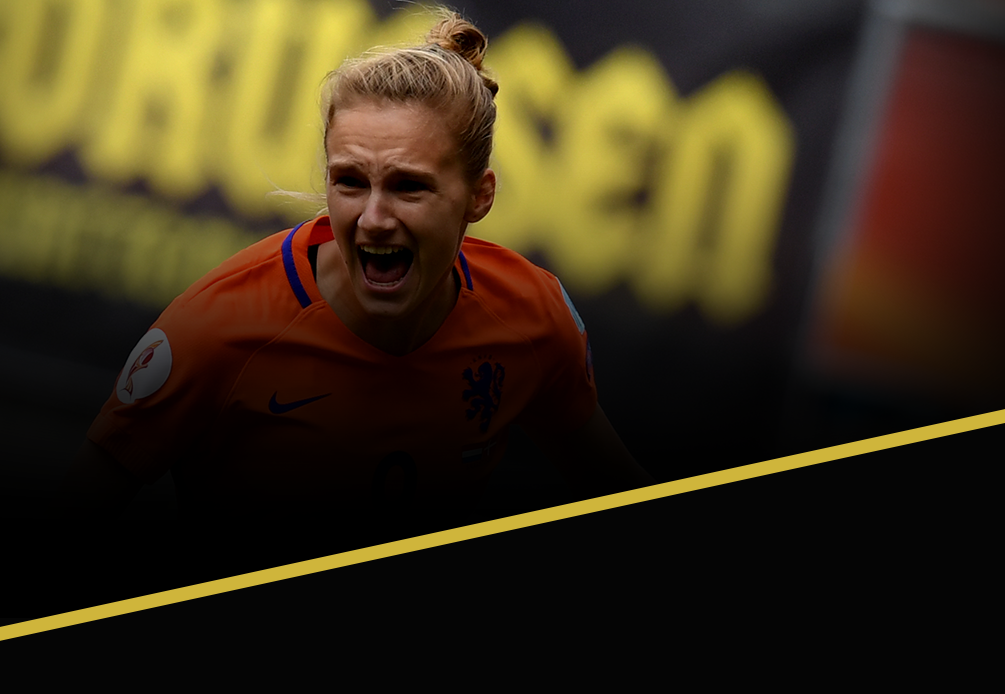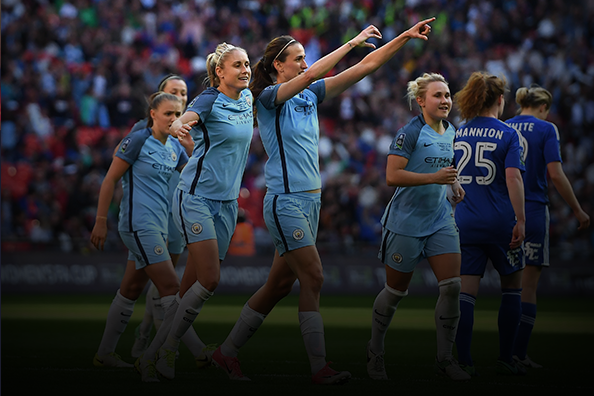Tomas Naranjo-Cluet writes about the history of struggle that women in football have faced.
Women’s football, today played by over 30 million women around the globe, has a long history — a love story that faced many obstacles throughout the centuries, a long-lasting relationship that stands for emancipation and gender equality.
Although football is often considered a sport owned and invented by men, women have played a significant role in the development of the most beloved sport on earth.
According to recent historical evidence, women may have been involved in the beautiful game since its humble beginnings. In fact, it appears that the most ancient version of football, the so-called “cujo”, was played by women during the Han Dynasty in China (25–220CE). Even the modern version of football, which is often perceived as a synonym for masculinity, has witnessed the early participation of women across a variety of European countries during the 18th and 19th century.
Gender shouldn’t be an obstacle
In 1894, English activist Netty Honeyball founded “The British Ladies’ Football Club” with the intention of demonstrating that women were not the ornamental objects men tended to imagine while thinking about the opposite sex. Raising her voice for the emancipation of women in the game, she was a groundbreaker for the development of the sport, even if it took a few decades for women’s football to rise to popularity.
It is often forgotten, but during First World War a considerable number of factories from the heavy industry had their own women’s football teams organized by female factory workers, who replaced the men who were fighting at the front. Initially the matches had the intention to raise money for charity but they quickly turned into popular social events with huge crowds.
Can you imagine that during this time women’s football matches pulled in more people than the matches of their male counterparts?
Unfortunately this golden era for women’s football in England ended abruptly when the English Football Association (The FA) banned women’s football from their grounds as they considered playing football “unsuitable” for women. It is often speculated that this decision was also the result of women’s football popularity, which threatened the men’s role in the game.
Although this decision affected the development of women’s football in terms of pace, nothing could stop female players from doing what they loved to do: the English Ladies Football Association was founded and women’s football moved to rugby playing fields.
Beyond England, the world
In the early 1930s women’s football leagues were formed in Italy and Germany. In 1950, Italy created the first women’s football national team, becoming the inspiring example for numerous countries around the globe, which over the next 30 years founded their own amateur domestic leagues and international teams.
In England, the interest aroused by the 1966 Women’s World Cup led to the foundation of the Women’s FA in 1969 and brought to the lift of the ban in 1971. This said, the first official FIFA Women’s World Cup was held in 1991 in China, 60 years after the first Men’s World Cup, and the first UEFA Women’s Cup was played during the 2001–2002 season: a long, difficult path.
Since then, women’s football has experienced significant growth: according to FIFA, nowadays there are around 30 million girls and women in 180 countries that are actively engaged in the sport.
What about visibility?
While participation and crowds are increasing, we are still miles away from having an equal playground. Besides the huge gender pay gap in professional football, another huge obstacle is the poor media coverage that affects millions of women’s football clubs around the world.
30 million women play football, yet the media coverage of women’s sports, let alone football, is only 12-18%.
Only 12-18% of all women’s sports, including football, is covered by mainstream media, a fact that translates into poor sponsorship deals, poor revenues and poor supporting opportunities for the young female athletes who will determine the future of the women’s game.
It’s time. Time to break the vicious cycle and empower clubs and leagues by offering women’s football clubs around the globe the same opportunities their male counterparts enjoy: regardless of gender and nationality, a formula that can give to women players the much needed exposure that mainstream media are unwilling to offer.
Lucky us, there are those that strive to empower women’s football around the world.
Here’s a just a sample:
Girls & Football SA: an award-winning initiative that empowers girls and young women in South Africa through sport, media and education.
Women in Football: network of professional women working in and around the football industry.
Women’s Soccer Zone: a podcast dedicated to women’s football featuring news, opinions and interviews with some of the biggest names in the game.
Women’s Soccer United: your go-to place for everything women’s football around the globe.
And mycujoo.tv, a live stream platform that broadcasts some of the most exciting matches in women’s football for free. From the UEFA Women’s Champions League to 3F Liga (the top level league competition in Danish women’s football)
Just like Netty Honeyball was, we are totally sure about this:
Gender should never be a barrier to pursue your football passion.






















































